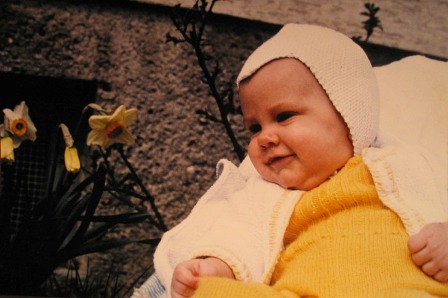the major parties on paid parental leave

Minor newsflash: babies need someone to stop work and take care of them when they arrive in the world. Question is, how best to let parents stop that career thing long enough to do this? Paid parental leave schemes have been a key issue in the lead up to the Federal election, in part because Labor and the Coalition both have policies laid out clearly on the issue. So what are these policies, and where might the moola come from to make them happen?
Labor
Julia Gillard’s paid parental leave scheme came into effect in 2011 and extends 18 weeks of the minimum wage (around $606 according to Labor) to women who were previously working in full time, part time or casual roles. In this model, a woman receives around $10,900 before tax. From January this year, ‘Dad and Partner Pay’ was also made available, meaning that fathers and same-sex partners are entitled to two weeks paid leave at the minimum wage too. The original idea of the policy was that Australians receive support for having children in a more or less equal way, i.e those in top income brackets and those on lower wages would all receive a decent level of support during the first weeks of a new baby’s life. This is something Labor has tried to drive home in differentiating their policy from the Coalition’s.
The May budget saw Labor cut the Baby Bonus, a $5000 payment for parents per child, in the name of minimising spending. Instead, parents who qualify for Family Tax Benefit A will now receive an extra loading on their payments, saving the government about $4.8 billion.
The Coalition
The Liberal/National policy grants mothers 26 weeks of paid leave at the rate of their annual income, up to $150,000, or the Federal Minimum Wage, whichever is more. This includes two weeks of leave so that the father of a child can take time off and be paid at the rate of his wage too. As an example, a woman in the top income bracket of $150,000 would receive about $75,000 during the time of her leave. The plan claims to take into account recommendations from the Australian National Health and Medical Research Council and the World Health Organisation that six months is required to properly ensure infant and maternal health after birth. The policy is to be funded by a 1.5% company tax on big business (those with incomes of more than $5 million), which has been a talking point in the business world regarding affordability.
In May, Abbott explained at a press conference that his model would support ‘women of calibre’ who wanted to have children; a statement that caused the ire of many in the political commentary sphere.
But the scheme does have big supporters, with feminist icon Eva Cox among them. She views Abbott’s model as more in line with feminist concepts of paid parental leave, as it gives consideration to the overall value that women provide through work, and compensates them at that rate for time spent caring for a child.
The Greens
The Greens sent out a press release last month announcing an intention to amend the Coalition’s Paid Parental Leave Bill so that it includes 26 weeks worth of leave for mothers, but at the minimum wage and including superannuation benefits during that time. They argue their model is more affordable and is not as inequitable as what the Coalition is offering.
In some ways this a midway point between Labor and the Coalition’s policies, as it takes elements of both. In May the Greens stated their preferred model would cost $740 million, compared to a $4.3 billion estimated for the Coalition’s plan.

